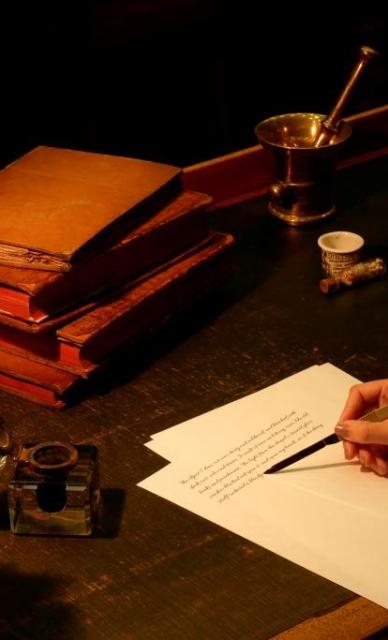Physicians' Gallery Newsletter
Updates on upcoming events, exhibitions and online stories
(10 May 1725 – 10 November 1786)
President

Hope was elected fellow of the Royal Society of London in 1767.
Hope was one of the founders of the Royal Society of Edinburgh in 1783.
Hope was president of the College of Physicians of Edinburgh from 1784 to 1786.
John Hope was born in Edinburgh on 10 May 1725 to Robert Hope, a surgeon. He received his early education locally before attending Edinburgh University. In 1748 he was in Paris studying botany at the Jardin du Roi. Hope graduated MD from Glasgow University in 1750. In 1760, Hope married Juliana Stevenson, whose father was professor of physic at Glasgow. In 1762, he was elected fellow of the College of Physicians in Edinburgh. Hope had a private practice in Edinburgh and was appointed physician to the Royal Infirmary. He was active on the town’s council in improving the city’s sanitation.
Hope’s intellectual passion was botany and he did tremendous work on plant classification and physiology. In 1761 he was appointed as professor of botany and materia medica, king's botanist for Scotland and superintendent of the royal garden in Edinburgh. During the winter sessions, Hope lectured on materia medica, and in the summer on botany. With Thomas Martyn of Cambridge, Hope was the first in Britain to teach the Linnaean system. In 1768, Hope was appointed regius professor of medicine and botany. By this time, Hope’s annual income was quite significant for the period. Apart from his medical income, he was receiving £300 from course fees, £77 from his chair, and £50 from the garden post, now assured for life. Upon his death, Hope’s personal fortune was £12,000, all of which went to his widow.
Hope established a botanical garden, replaced existing gardens in Edinburgh, to the north of Leith Walk with the help of grants from the Treasury. This garden, a predecessor of the Royal Botanic Gardens, was used for the demonstration of materia medica, had greenhouses and ponds, and was arranged on botanical principals. Hope introduced Linnaean nomenclature and commissioned Robert Adam, at his own expense, to design a monument to Linnaeus. In 1763, Hope organized the first British syndicate for importing plant material.
Hope’s most significant contribution to science was the establishment of an influential school of botanists and one of the leading botanical gardens of Europe. Although Hope published very little and consequently is not well known, but his attempts to develop a natural classification of plants was inherited by his pupil, Daniel Rutherford. Hope’s lectures were well-attended; in 1780 he had 59 students attend his botany course. Hope died in Edinburgh on 10 November 1786.

Physicians' Gallery Newsletter
Updates on upcoming events, exhibitions and online stories